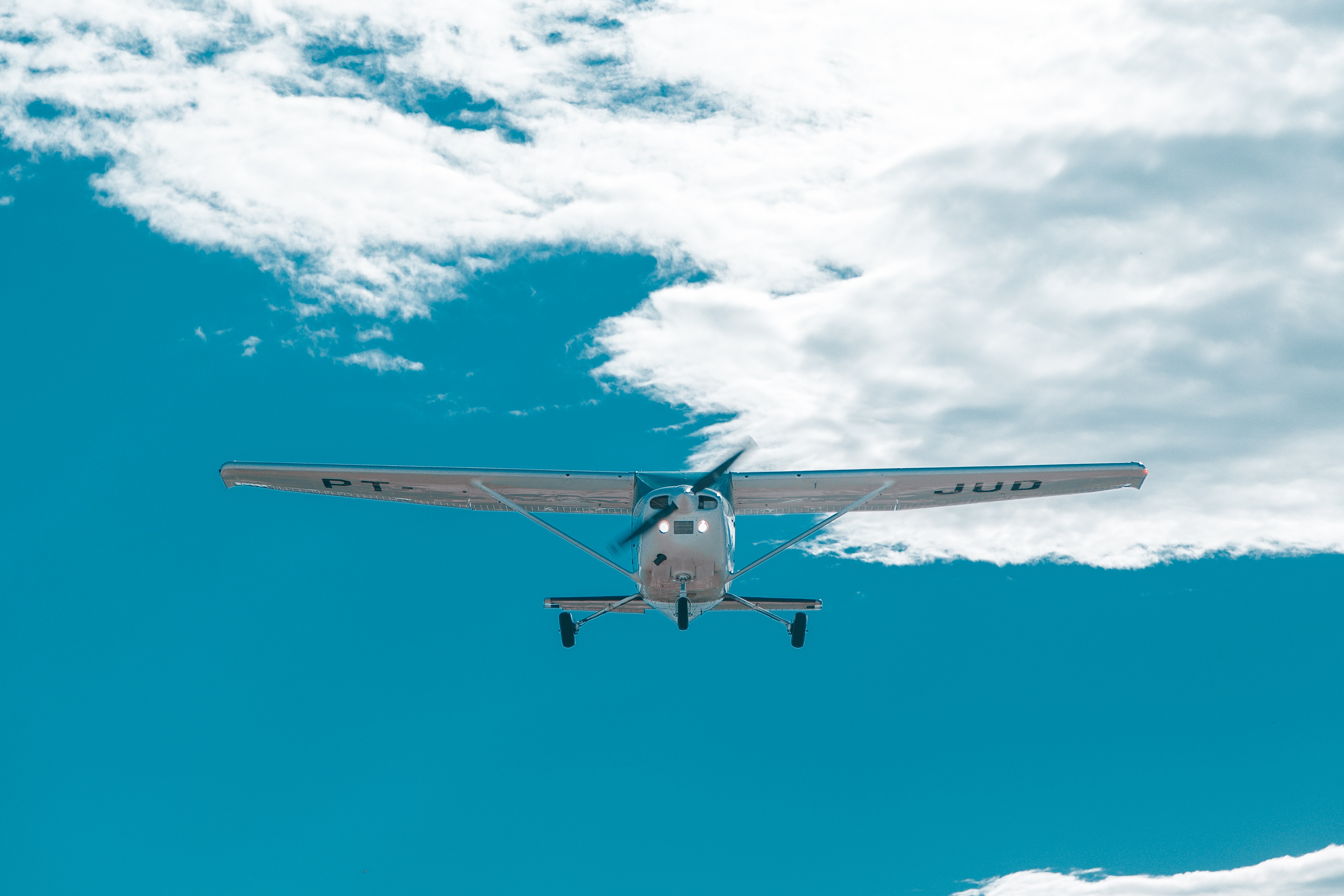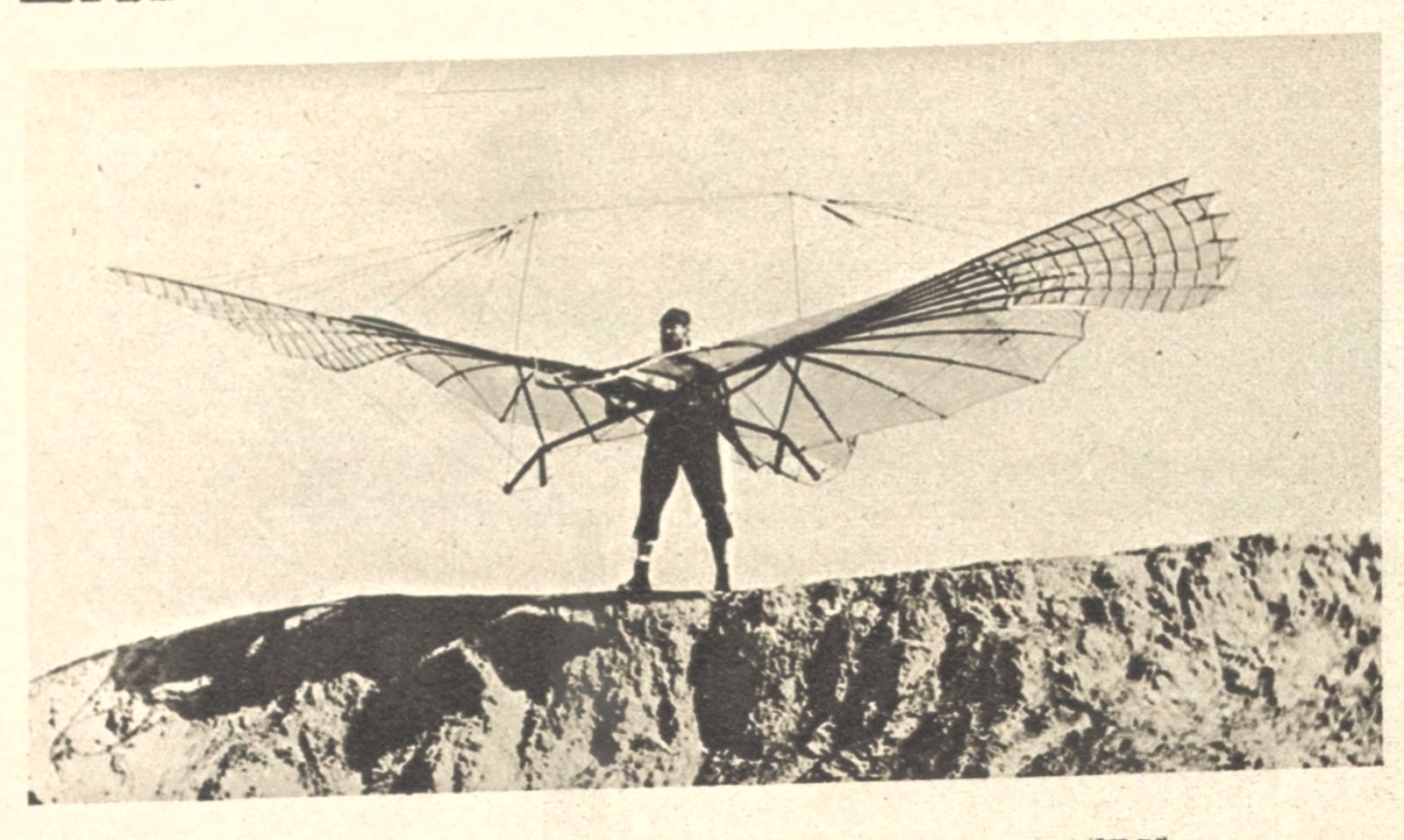
Aviation Data and Statistics - an Introduction
In aviation, there is a lot of data. In fact, aviation was built on the detailed analysis of wind tunnel and rudimentary flight test data. Some of the pioneers of aviation were engineers, mechanics, and scientists who sought to understand and then ultimately control flight through a methodical process of experimentation, which in the end is all about collecting and analyzing data. Let me just mention some of these early pioneers who are particularly important to me… Of course, there are the Wright brothers, who were ultimately successful in flying the first heavier than air, powered and controllable flying machine. They built much of their work off of the studies and analysis of Samuel Langley, who in my mind is like the Thomas Edison of flying, and Otto Lilienthal who I personally like and was really crucial to developing control mechanisms for flying. Sadly, Otto died doing flight test in his glider, an unfortunate turn of events that would be repeated by flight test pilots for many decades in places like Edwards, CA in the United States. With all of this data, aircraft designers were eventually able to make airplanes bigger, faster, safer, and easier to fly.
 German aviator Otto Lilienthal during flight test
German aviator Otto Lilienthal during flight test
This series on aviation data and statistics will explore topics meant to continue the evolution of the aircraft into the future by presenting data driven analysis in order to uncover that way forward. We will restrict our discussions to US civilian aircraft for the most part. This will be done, in part, due to the obvious restrictions on discussing military aircraft and, in part, due to the fact that I am used to finding and analyzing publicly available US data sources. However, I do recognize and appreciate contributions to aviation from other countries such as Russia, German, Italy, Sweden, France, Japan, and the UK and emerging aviation contributors such as China, Switzerland, Iran, and India. In the end, we all have stared into the skies and wondered what the birds might be feeling soaring high above the earth and dreamed that we could also go where they are. In this we are all connected. That being said, I am, at heart, an engineer and so, during this series, I will keep the sentimentality to a minimum, if I can manage it, instead focusing on the data and statistics of aviation today.
